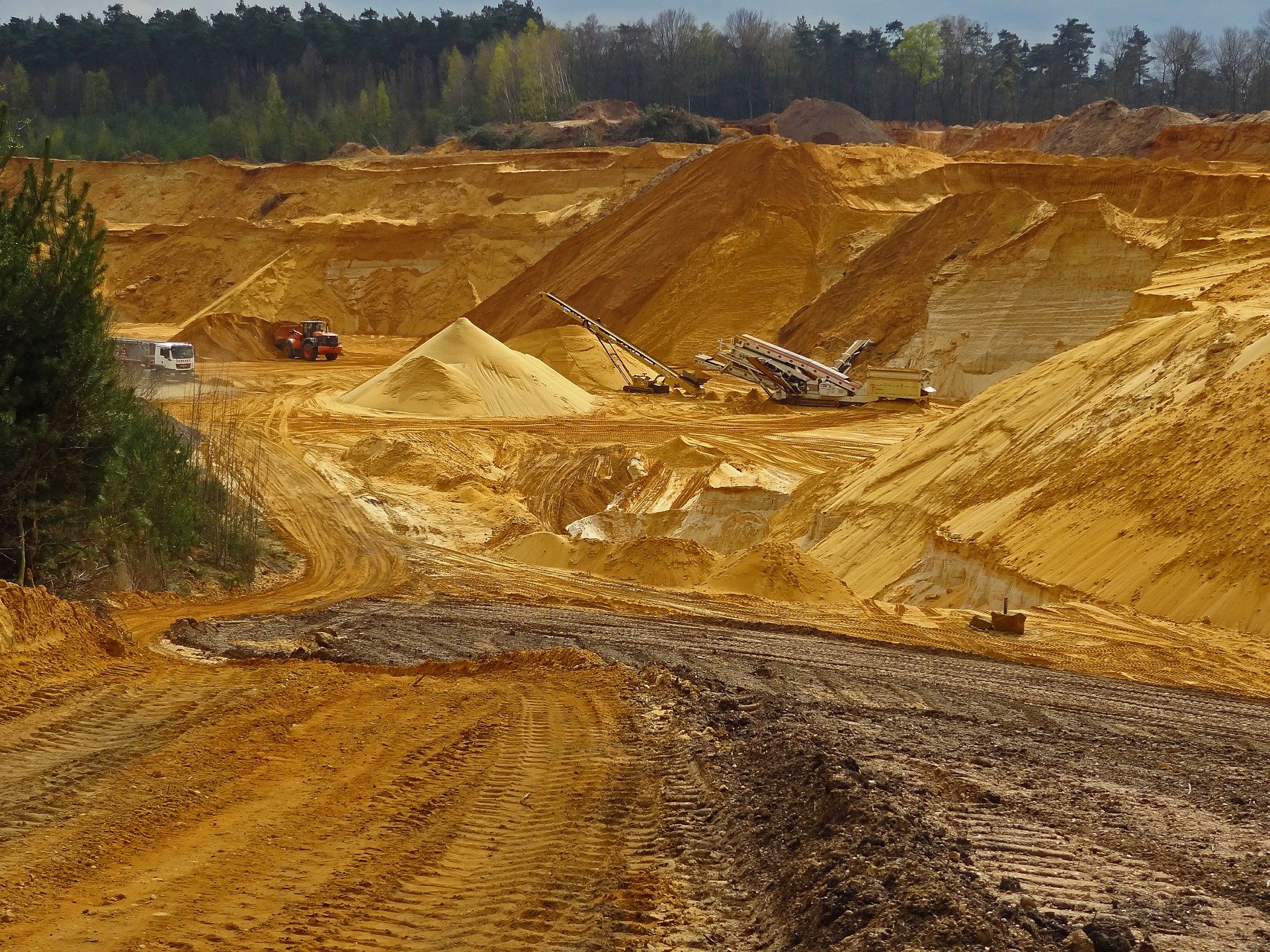The outlook for Australia’s energy and resource commodity exports has improved overall since the state-of-the-industry last report from September, despite further waves of COVID-19 in many of the world’s major economies.
Released yesterday by the Department of Industry, Science, Energy and Resources, the December Resource and Energy Quarterly forecasts resources and energy exports will earn $279 billion for Australia in 2020–21, and $264 billion in 2021–22, up by $22 billion and $12 billion respectively from the September quarter forecasts, with improved global economic activity set to drive even stronger demand.
The outlook for Australia’s resource and energy exports has improved over the past three months, as global economic activity rebounds from the COVID-19 pandemic, with resources and energy exports to remain robust after earning a record $291 billion in 2019–20.
It highlights that markets for most minerals have tightened in recent months, as manufacturing and travel activity — and hence resource and energy commodity demand — recovers, alongside some cuts to supply. The global supply of some commodities has declined as the low prices of the June and September quarters forced plant closures, and as COVID-19 outbreaks impact on workers at various mining and refining operations around the world.
“The rollout of an effective COVID-19 vaccine presents the opportunity to bring the pandemic under control in major economies in the first half of our two year outlook period.” the report foreword states.
“This will boost economic activity and commodity demand, but also reduce outages to supply. The timing and pace of the recovery is difficult to predict, and influenced by policy decisions that governments make to support economic recovery. The IMF forecasts a contraction in the world economy of 4.4 per cent in 2020, but a resumption in growth of 5.2 per cent in 2021. However, news of at least three effective vaccines postdates the IMF’s outlook, suggesting upside risks to these forecasts.”
Coal markets are in a state of flux dealing with issues quite separate to COVID-19. Shipments of (mainly Australian) coal facing delays at Chinese ports. Price differentials have changed dramatically; the bottom line for Australian coal producers is lower profitability and the likelihood of production cuts the longer the Chinese restrictions remain in place.
“Besides the discovery of a number of promising COVID-19 vaccines, another material change since the September 2020 Resources and Energy Quarterly is the election of a new US Administration, effective on 20 January 2021.” the report says.
“President-elect Biden has flagged an intention to make policy changes in relation to trade policy and emissions reductions. China, Japan and South Korea also announced targets to reach net zero emissions in either the mid or early second half of the century. These targets sit outside our two year outlook period, and the impacts year to year will be driven by the timing and scope of the policies implemented to achieve them.”
The report shows Australian iron ore earnings appear set to record an all-time high in 2020–21: strong demand from China and a recovery in American, Japanese, South Korean and European demand has added to the impact of ongoing supply problems in Brazil.
After topping $102 billion in 2019–20, iron ore export earnings are forecast to be $123 billion in 2020–21.
“Gold has surrendered some of the sharp gains of 2020, but is still high in historical terms; export earnings are on track to set a new record (of about $30 billion) in 2020–21,” the report highlighted.
“Base metals have recovered to pre-COVID-19 levels, as the market looks to a successful vaccine rollout. Spot LNG prices are now above pre-COVID-19 levels, as demand picks up ahead of the Northern Hemisphere winter and the impact of (mainly US) supply cutbacks and disruptions flow through.”
Annual resource and energy exports are forecast to remain over a quarter of a trillion dollars in the outlook period — at $279 billion in 2020–21 and $264 billion in 2021–22. One downside risk is for substantial delays in the successful rollout of the COVID-19 vaccines to a large number of the world’s working population. Another downside risk is the extent of further disruption to Australian trade with China.
Minister for Resources, Water and Northern Australia Keith Pitt (pictured) said the figures, compiled by the Department of Industry, Science, Energy and Resources, underlined the resilience of Australia’s resources sector, with record forecasts for iron ore and gold offsetting lower returns for coal and LNG.

“The diversity of Australian commodities and the investment in technology and innovation over the past 20 years helped producers and exporters overcome the challenging conditions of the past year and made sure Australia remained a reliable source of resources and energy,” Minister Pitt said.
“Australia now stands ready to help supply our export partners as they rebound from the global economic downturn caused by COVID-19, with the development and rollout of effective vaccines contributing to global optimism.
“Australia’s success in reaching new markets is an important part of our future success.
“The Coalition Government remains focused on pursuing new investment in the sector and new export markets, which will boost incomes and jobs in Australia’s towns and regions, and contribute to the prosperity of all Australians.”
The latest Resources and Energy Quarterly is available on the Department of Industry, Science, Energy and Resources website.





修改评论